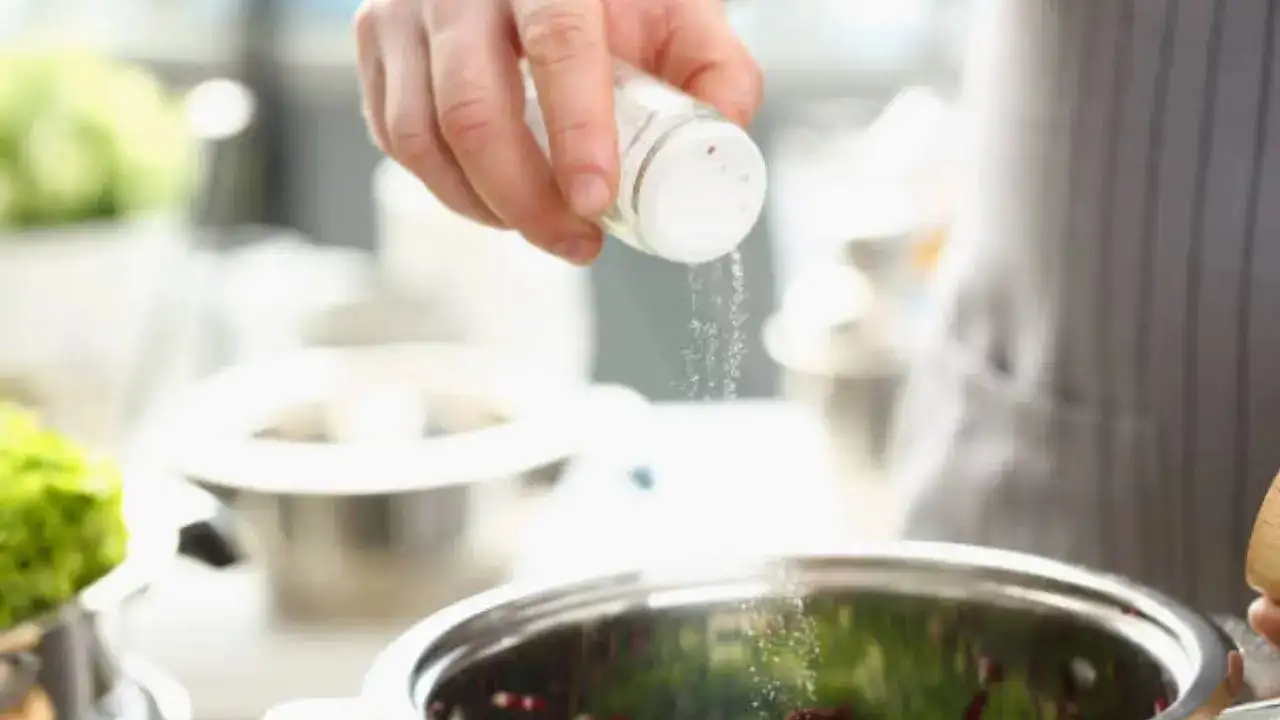
This Daily Ingredient Might Be Causing Serious Damage To Your Health – Here’s How To Cut Back! (Image Credits: iStock)
We all know that salt can make our food taste amazing, but did you know that too much of it can lead to serious health issues? Health organizations around the world, including the World Health Organization (WHO), are pushing for us to lower our salt intake to reduce the risk of heart disease, stroke, and kidney failure. According to the WHO, we should aim for no more than 5 grams of salt a day—about 2,000 milligrams of sodium. In the US, the American Heart Association (AHA) is even stricter, recommending just 1,500 milligrams of sodium per day (that’s roughly 3.75 grams of salt) to keep our hearts healthy.
But here's the thing: most people are eating way more than this. In fact, the global average salt intake is somewhere between 10–12 grams per day—far higher than the recommended limits. In the US, for example, the average sodium intake is about 3,400 milligrams per day (or 8.5 grams of salt), which is well beyond what health experts suggest.
What Happens If You Eat Too Much Salt?
So, what’s the big deal with too much salt? For starters, consuming excess sodium is closely linked to high blood pressure, which is a major risk factor for heart disease, stroke, and kidney problems. Your body holds onto extra water when you eat too much salt, and this increases the amount of blood flowing through your vessels, raising your blood pressure. And high blood pressure can lead to some pretty serious health conditions.
The impact of a high-sodium diet is huge—global health data attributes nearly 1.89 million deaths each year to diet-related diseases caused by too much salt. But here's some good news: your body only needs about 1–2 grams of salt each day for essential functions. Unfortunately, most of us are consuming way more than that, which can have long-term health consequences.
Salt Guidelines As Per Age
It’s important to keep in mind that salt intake guidelines can vary depending on your age, health, and lifestyle. For example, young children don’t need as much salt as adults. For little ones aged 1–3 years, the recommendation is less than 2 grams of salt per day, and for kids aged 4–6 years, it’s under 3 grams. If you’re an athlete or someone who’s very active, you may need a little more sodium to replace what’s lost through sweat—but even then, it’s important not to overdo it.
Simple Ways to Cut Down on Sodium
So, how can you start reducing your sodium intake? One of the best ways is to cut back on processed and packaged foods, which can be a huge source of hidden salt. Canned soups, frozen dinners, and fast food are usually loaded with sodium, so swapping them out for fresh, whole foods can make a big difference.
Fill your plate with fruits and vegetables, which naturally have little to no sodium. Not only does this help you lower your salt intake, but it also provides a host of other health benefits, like improved digestion and heart health.
And when it comes to seasoning, you don’t have to rely on salt to make your meals flavorful. Experiment with herbs like basil, oregano, and garlic, or try using lemon, vinegar, or mustard to add some zest without the sodium. It’s a small change that can have a big impact on your health.
A Few Small Changes for a Healthier You
Reducing your sodium intake doesn’t have to be complicated, and it doesn’t mean you have to give up all the foods you love. Making a few simple changes—like cutting down on processed foods, choosing fresh options, and using herbs and spices instead of salt—can significantly improve your heart health.
Get Latest News Live on Times Now along with Breaking News and Top Headlines from Health and around the world.
